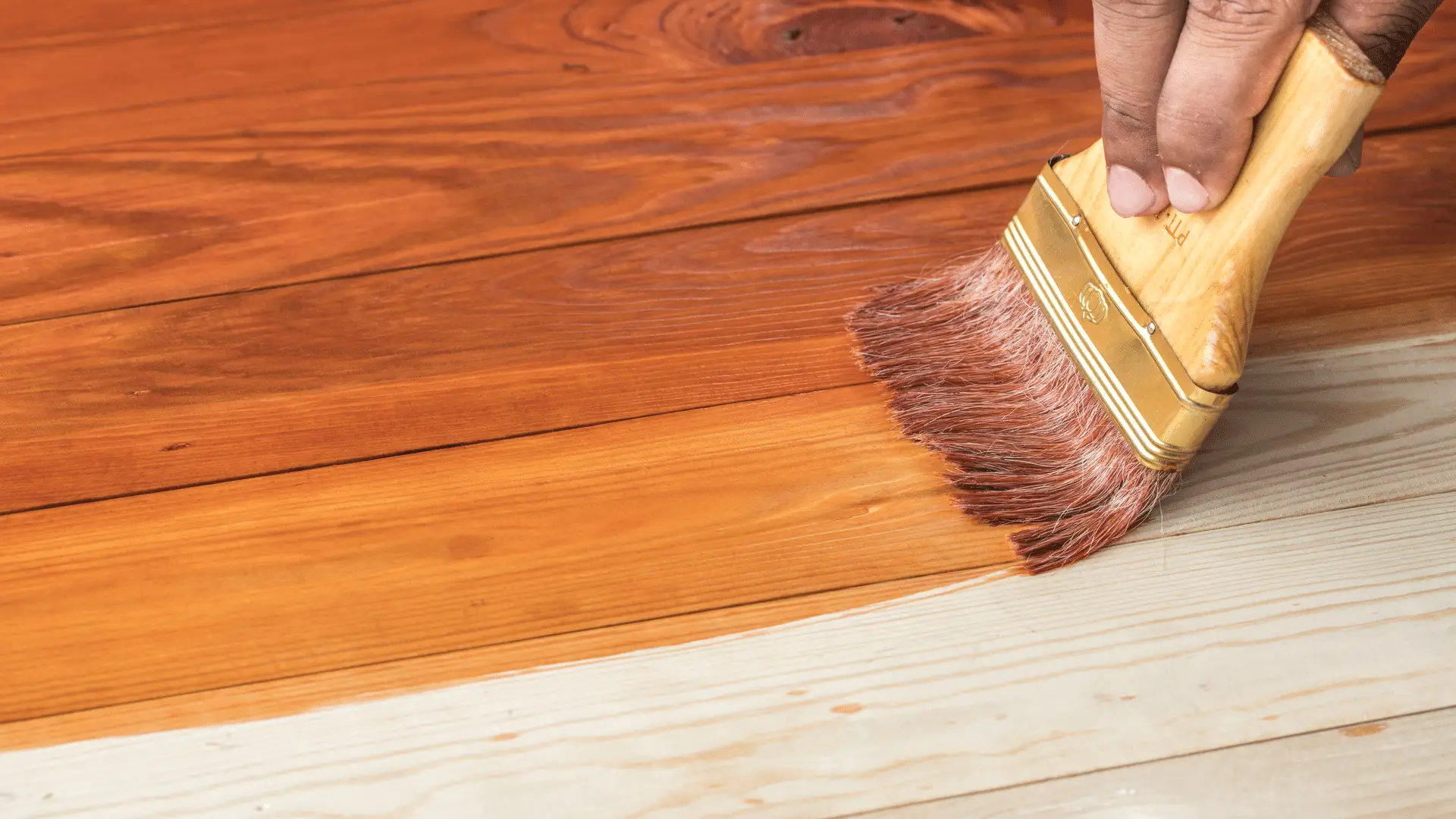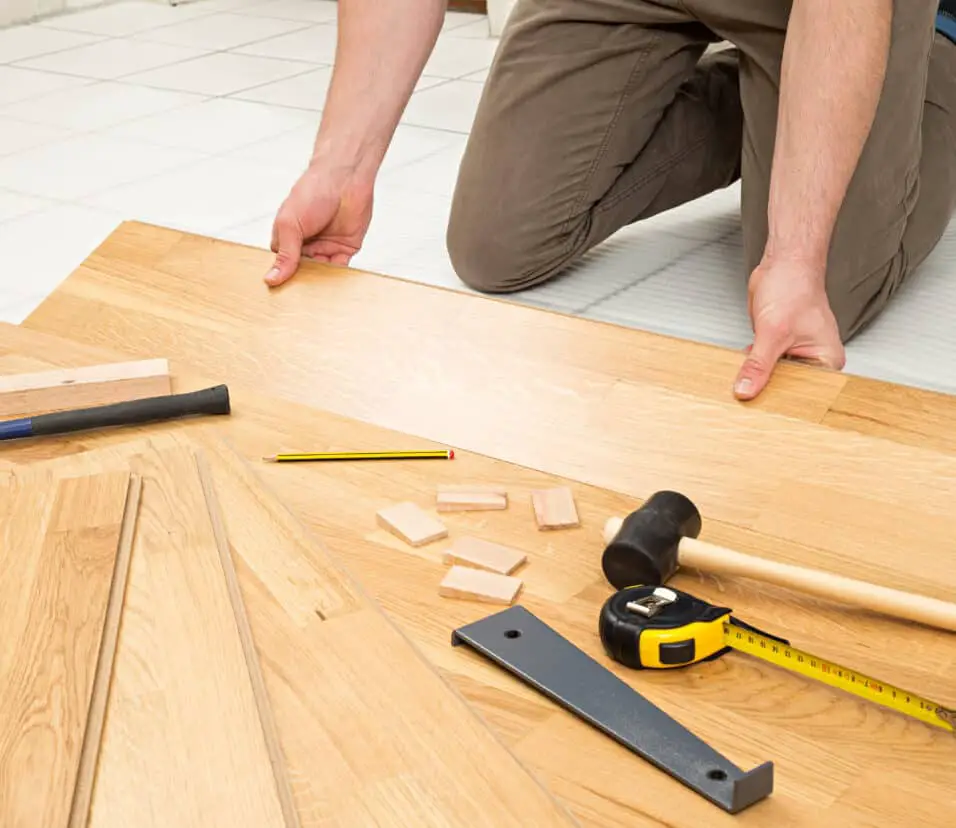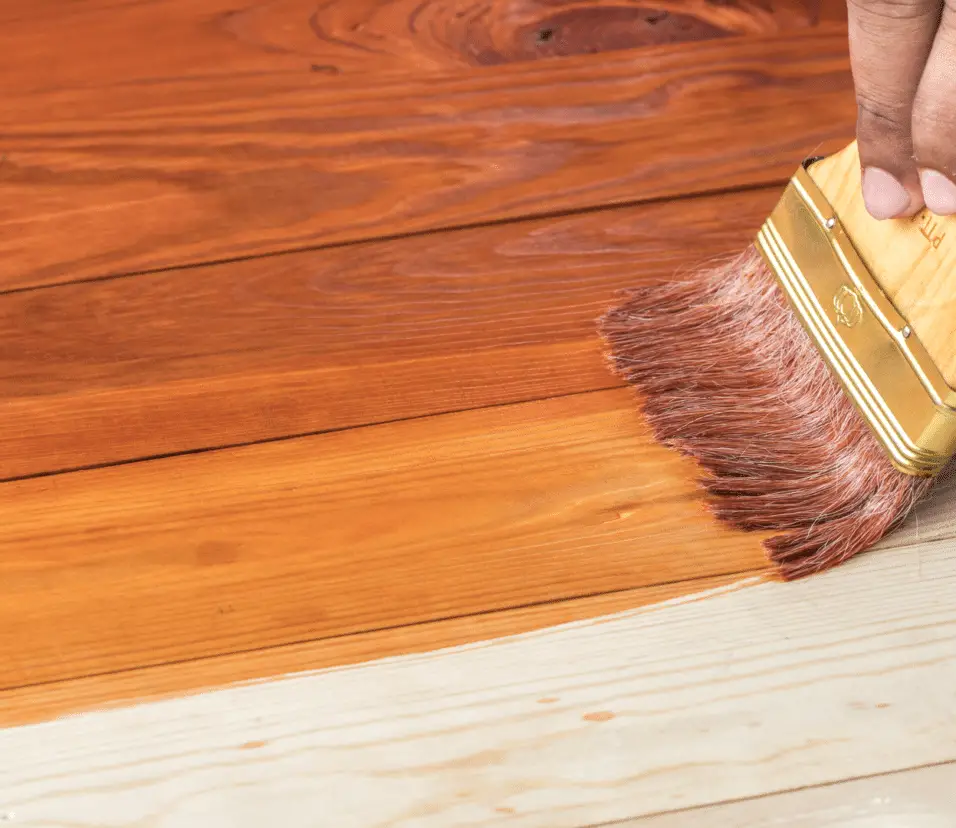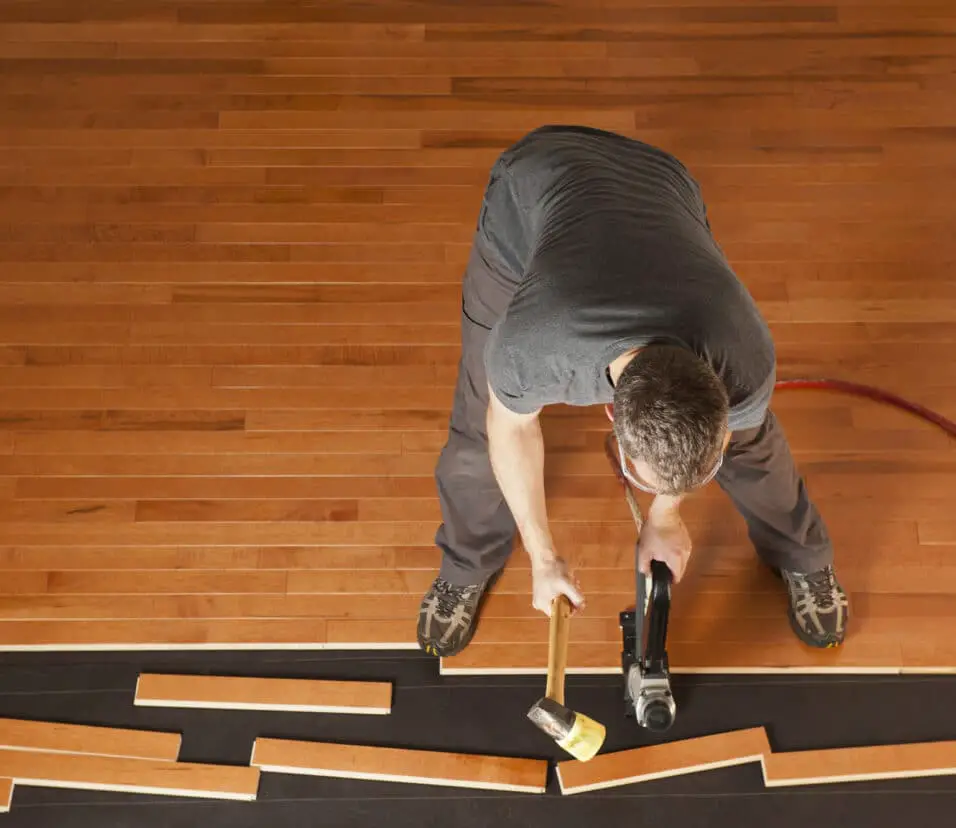How To Remove Dried Paint From Wood Floors
Introduction
How To Remove Dried Paint From Wood Floors: If you’ve encountered the challenge of removing dried paint from wood floors, you’re not alone. Dealing with unsightly paint stains on wooden surfaces can be a daunting task, but fear not! In this guide, we present three paraphrased introductions that will walk you through effective methods and essential tips to successfully tackle this issue and restore the beauty of your wood floors.
Restoring the pristine look of your wood floors marred by dried paint can be a perplexing endeavor. Whether it’s accidental spills or remnants of a previous paint job, these stubborn marks can prove troublesome. In the following three paraphrased introductions, we remove paint outline proven techniques and easy-to-follow steps to help you bid farewell to dried paint and revive the natural elegance of your wood flooring.
Discovering dried paint splatters on your cherished wood floors can be disheartening, especially if you’re unsure how to address the problem. But fret not, as we’re here to provide you with expert guidance. In the subsequent paraphrased introductions, we’ll divulge a range of effective strategies, using common household items, to safely remove dried paint from wood floors without causing damage, granting you the knowledge and confidence to take on this restoration challenge.
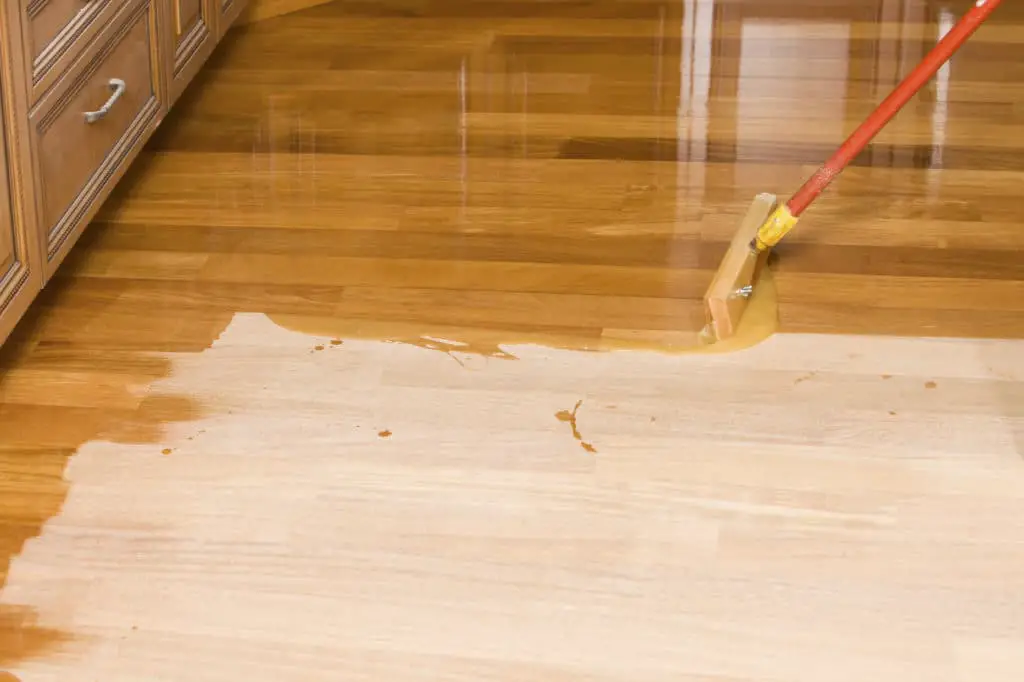
Can you remove dried paint from wood?
Wood. Just as with metal, paint can be removed from wood via: chemical strippers, heat, or sanding. If opting for chemicals, apply the product and let it set for a few minutes. Gently scrape it away with a putty knife or paint scraper (tip: thicken the stripper by coating it with sawdust for easier removal).
Yes, it is possible to remove dried paint from wood, but it can be a labor-intensive task that requires patience and the right tools. There are several methods to tackle this issue, depending on the type of paint and the wood’s condition.
One common method is using heat to soften the dried paint. You can employ a heat gun or a hairdryer to gently heat the paint until it becomes pliable, making it easier to scrape off with a putty knife or a paint scraper. However, be cautious not to scorch the wood or use excessive heat, as it may damage the surface.
Chemical paint removers are another option. These products work by breaking down the paint’s bond with the wood, allowing you to scrape it off easily. Ensure you follow the manufacturer’s instructions and wear appropriate safety gear when using chemical removers.
What is the easiest way to remove dry paint?
Saturate the stain with a mix of half detergent, half warm water and blot it vigorously with a rag or paper towel. Rinse and repeat until the paint is gone or no longer coming up.
The easiest way to remove dry paint depends on the surface and the type of paint involved. For small spots on hard surfaces like wood or metal, using a razor blade or a putty knife to gently scrape off the dried paint can be effective. However, it’s crucial to be cautious not to damage the underlying material.
For larger areas or delicate surfaces like walls, there are several user-friendly methods. One common approach is to use a paint stripper or solvent specifically designed for the type of paint you are dealing with. Apply the solvent as directed, and after some time, the paint should soften, making it easy to scrape off with a plastic or rubber spatula.
In cases where the paint has dried on fabric or clothing, it’s best to act quickly. Scrape off as much of the dried paint as possible, and then treat the stain with a commercial paint remover or rubbing alcohol. Blot the area gently, taking care not to spread the stain further.
How can I remove paint from wood?
Chemical strippers can make quick work of paint removal, but you can strip wood using more natural methods. Heat, pressure washing, citrus-based removers, and even vinegar are just a few choices, depending on the surface size and how many layers of paint need to be removed.
Removing paint from wood can be a challenging task, but with the right approach and tools, it can be accomplished effectively. Here are some methods to help you get started:
Scraping
One of the simplest methods is using a paint scraper or putty knife to gently remove the paint layers. Be cautious not to damage the wood surface.
Sanding
Sandpaper or a power sander can be used to gradually sand away the paint. Start with coarse grit and progress to finer grits for a smooth finish.
Chemical Paint Removers
There are commercial paint strippers available that chemically break down the paint. Follow the instructions carefully and ensure proper ventilation.
Heat Gun
A heat gun can soften the paint, making it easier to scrape off. Be cautious with this method as excessive heat can scorch the wood.
Natural Solvents
Some natural solvents like vinegar or baking soda paste can help remove paint from wood. Apply and let it sit before gently scrubbing or scraping.
Pressure Washing
High-pressure water jets can strip paint, but it should be used cautiously on softer woods to avoid damage.
Always wear protective gear, such as gloves and a mask, when working with paint removal products. Test the chosen method in an inconspicuous area first to ensure it doesn’t damage the wood. Patience and careful execution are key to successfully removing paint from wood while preserving the wood’s integrity.
How do you soften dried paint?
Add water.
Dip your paintbrush in a cup of clean water and then gently tap the water from your brush onto the paint. Carefully work the water into the paint using your brush, adding more water if necessary, until the paint becomes more liquid. Add a product like Flow-Aid Fluid Additive or Acrylic Flow Improver.
Softening dried paint can be a lifesaver when trying to salvage brushes, surfaces, or any other paint-stained materials. There are several methods you can employ to achieve this, depending on the type of paint and the surface it has adhered to.
For latex or water-based paints, the easiest approach involves using warm soapy water. Soak the paint-stained item in soapy water for a few hours or overnight, and then gently scrub away the softened paint with a brush or cloth. Another option is to use a mixture of equal parts vinegar and water, which can also help to loosen the dried paint.
For oil-based paints, mineral spirits or paint thinner are more effective in softening the paint. Dab the solvent onto the dried paint and let it sit for a few minutes before gently scraping away the softened paint with a putty knife or scraper.
What product removes old paint from wood?
CitriStrip Paint and Varnish Stripping Gel
It strips latex and oil-based paint, varnish, lacquer and shellac from wood, metal and masonry surfaces, making it a do-it-all product. Slather it on and let it penetrate. The gel stays wet and active for up to 24 hours. It gets extra kudos for its fresh, pleasant scent.
One effective product for removing old paint from wood is a paint stripper. Adequate ventilation and protective gear, such as gloves and goggles, are typically recommended.
For environmentally conscious individuals, there are also eco-friendly and biodegradable paint strippers available that are less harmful to both users and the environment. These alternatives often utilize plant-based ingredients and are formulated to be less toxic while still providing effective paint removal results.
How do you remove paint naturally?
Baking Soda (or Vinegar) & Heat
A natural way to remove paint from metal surfaces is to combine baking soda and water or white vinegar and water over a heat source. You can do this on your stovetop with a disposable pot or pan.
Removing paint naturally can be a safe and environmentally friendly alternative to chemical-based methods. Here are some effective ways to remove paint using natural ingredients:
Vinegar
Vinegar is a versatile household item that can help remove paint. Soak a cloth or sponge in white vinegar and apply it to the painted surface. Let it sit for a few minutes, and then gently scrub off the softened paint with a brush or scraper.
Baking Soda
Create a paste using baking soda and water. Apply the paste to the painted area and let it sit for a while. Afterward, use a sponge or scrub brush to remove the paint gently.
Citrus-based Solvents
Citrus-based solvents, derived from orange or lemon peels, can be effective in breaking down paint. Apply the solvent to the painted surface, and after a few minutes, the paint should start to loosen. Use a scraper or abrasive pad to remove the paint.
Steam
Using steam to remove paint is a natural and chemical-free method. Hold a steam iron or wallpaper steamer close to the painted surface to soften the paint. Then, scrape it off with a tool suitable for the surface.
Heat Gun
A heat gun can be used to loosen paint, making it easier to remove. Be cautious and keep the heat gun at a safe distance to prevent damage to the surface.
Remember to wear protective gear, such as gloves and goggles, when attempting any paint removal method. Always test these techniques on a small inconspicuous area before applying them to a larger surface. While natural methods are generally safer, patience and proper technique are essential for successful paint removal.
Does turpentine remove paint from wood?
Remove Paint
This is the most common use of turpentine. It can effectively remove paint from surfaces, like wood. It softens the paint when it’s applied to a painted surface. When it touches the surface, it is easier to wipe it away.
Turpentine is a solvent known for its paint-stripping properties, and it can indeed be used to remove paint from wood surfaces. Its effectiveness lies in its ability to break down the chemical bonds within paint, making it easier to remove. However, before using turpentine, it is crucial to consider a few factors.
Firstly, turpentine emits strong fumes, which can be harmful if inhaled excessively. It is essential to work in a well-ventilated area or wear appropriate protective gear to avoid any potential health risks.
Secondly, it is vital to test the turpentine on a small, inconspicuous area of the wood before applying it to the entire surface. This test will help determine its compatibility with the wood and the paint type. Some paints may respond better to other solvents or paint-removal methods.
What is the best paint remover for wood floors?
Motsenbocker’s LiftOff Latex Paint Remover
Motsenbocker’s Latex Paint Remover fits the bill nicely. It’s highly effective at removing old and new latex paint and latex enamel from a variety of surfaces, including walls, trim, molding, floors, wood, vinyl, tile, laminate, metal, brick, concrete, and vehicles.
Choosing the best paint remover for wood floors depends on various factors, such as the type of paint used, the condition of the wood, and personal preferences. One effective and commonly used paint remover for wood floors is a solvent-based paint stripper. These strippers contain chemicals like methylene chloride or NMP (N-Methyl-2-pyrrolidone), which effectively break down paint and make it easier to remove.
However, when working with solvent-based paint removers, it is crucial to take safety precautions, such as wearing appropriate protective gear, working in a well-ventilated area, and following the manufacturer’s instructions. These chemicals can be harsh and potentially harmful if not handled properly.
For those seeking a less toxic option, water-based paint removers are available, which use a milder formulation without harmful chemicals. While they may take longer to soften the paint, they offer a safer alternative, particularly for indoor use and in areas with limited ventilation.
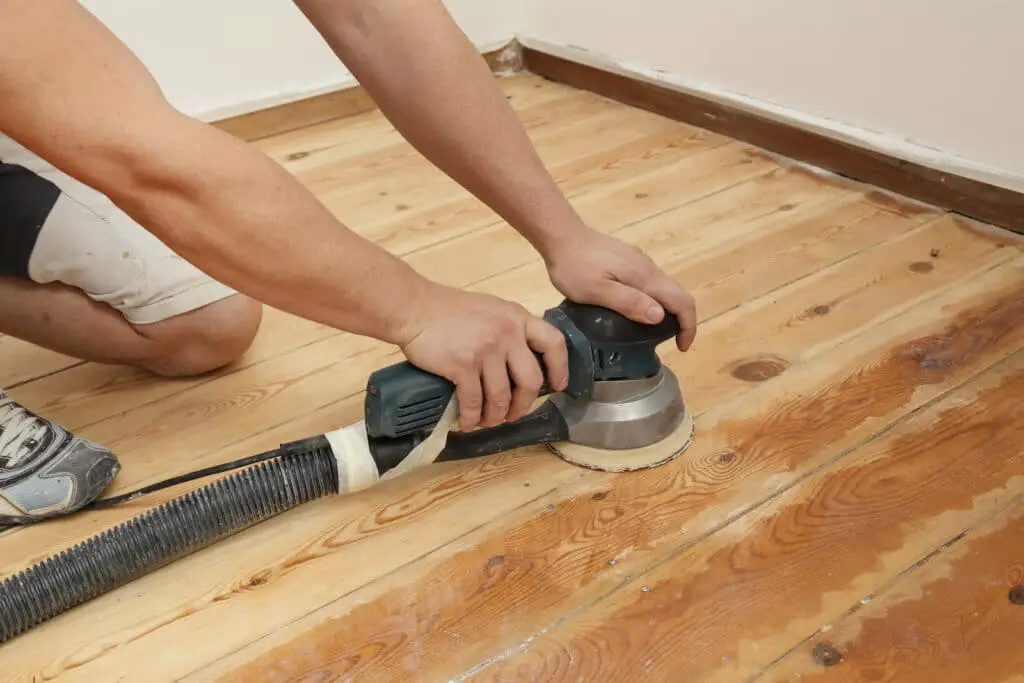
Conclusion
The process of removing dried paint from wood floors can be successfully accomplished using various methods and techniques. By following the step-by-step instructions provided in this guide, you can effectively tackle paint stains and restore the natural beauty of your wood flooring. Remember to prioritize caution and patience during the removal process to prevent any damage to the wood surface.
To conclude, the task of eliminating dried paint from wood floors requires careful consideration and a methodical approach. Armed with the insights shared in this guide, you now possess the knowledge to choose the most suitable paint removal method for your specific situation. By exercising caution and utilizing the right tools, you can rejuvenate your wood floors and bring back their lustrous appeal.
Removing dried paint from wood floors might seem daunting, but with the guidance provided in this comprehensive guide, the task becomes much more manageable. Whether you opt for the heat gun, chemical solvent, or other recommended methods, remember to prioritize safety and be mindful of the wood’s sensitivity. With a combination of patience and the right techniques, you can bid farewell to unsightly paint stains and revive the elegance of your wood floors to their former glory.



